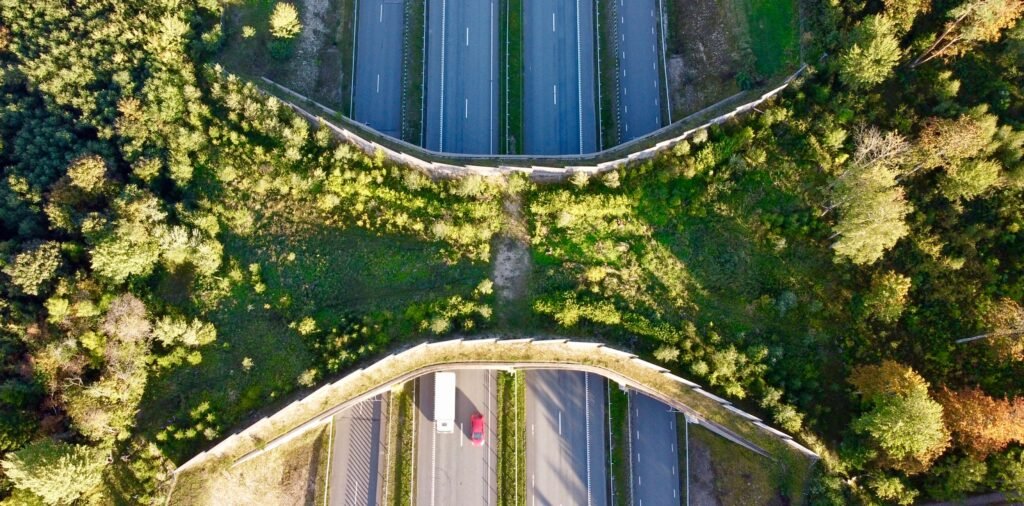A silent crisis slithers through the sunbaked deserts and rugged mountains of the American Southwest—a crisis woven from steel and concrete, stretching across the borderlands. While headlines often focus on human stories, a quieter tragedy unfolds under the blazing sky: the disruption of ancient wildlife corridors by the border fence. Imagine herds of pronghorns separated from their ancestral routes, jaguars stalking an unpassable barrier, and the chorus of desert life muted by a man-made divide. What happens when the wild, which knows no borders, collides with the unyielding line of human intention? The answers are as haunting as they are urgent.
The Ancient Highways of the Wild
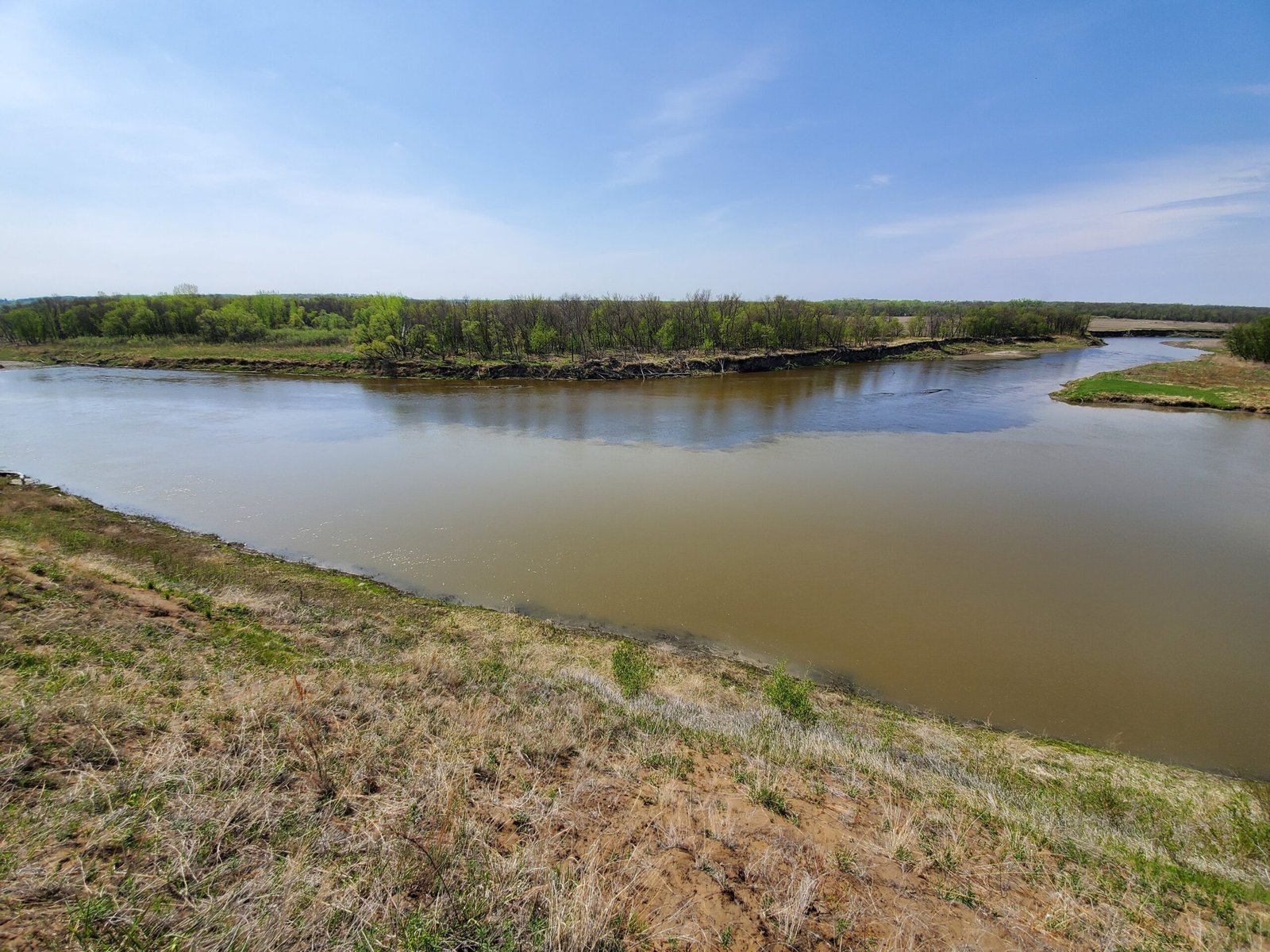
Long before roads or fences, animals in the Southwest moved freely across vast landscapes, following seasonal rhythms and searching for food, water, and mates. These natural highways—known as wildlife corridors—are vital lifelines for countless species. From the nimble Sonoran pronghorn to the elusive ocelot, these creatures have depended on uninterrupted passage for centuries. The borderland, once a patchwork of habitats stretching from Mexico into the U.S., allowed for remarkable biodiversity and resilience. With each migration, animals played their part in a delicate ecological dance, spreading seeds, controlling pests, and keeping the desert alive.
The Rise of the Border Fence
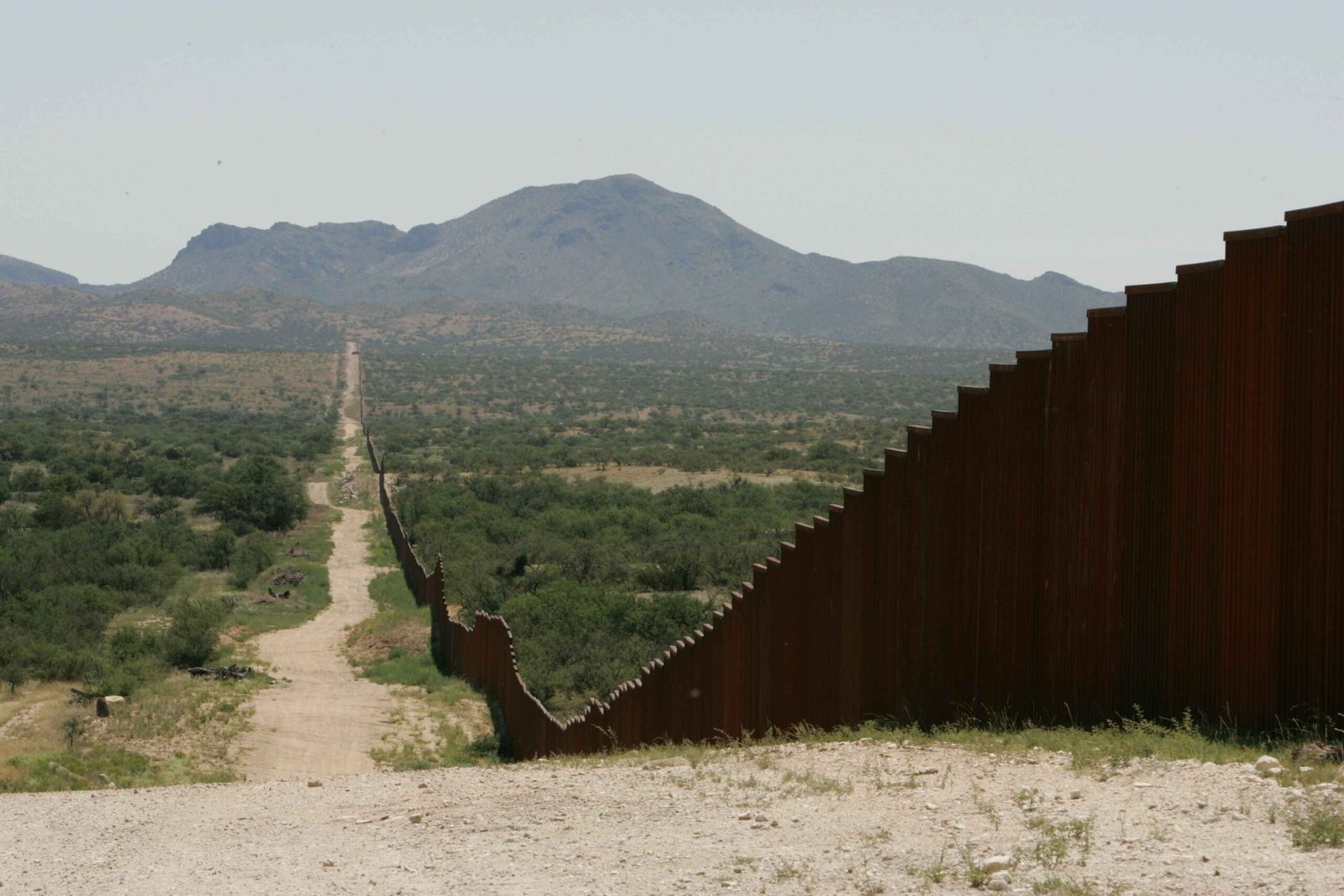
The construction of the border fence began with promises of security, but its impact reached far beyond human concerns. Spanning hundreds of miles, the fence cuts through deserts, mountains, and rivers—places where wildlife once roamed unhindered. Tall steel barriers, concrete walls, and vehicle barricades now fragment the landscape. For animals, these structures are not just obstacles; they are impenetrable walls that block age-old paths. The fence, in effect, redrew the map of the wild, prioritizing human boundaries over natural ones.
Fragmented Habitats: A Recipe for Decline
When habitats are split by fences, animals find themselves trapped in shrinking patches of land. Species that once mingled and interbred now face isolation, leading to genetic bottlenecks. The Sonoran pronghorn, for example, has seen its numbers dwindle due to the inability to reach food and water during droughts. Small populations become vulnerable to disease and inbreeding, as the fence severs their only links to wider gene pools. Over time, this fragmentation can push species to the brink, unraveling the web of life that sustains the desert.
The Jaguar’s Vanishing Trail
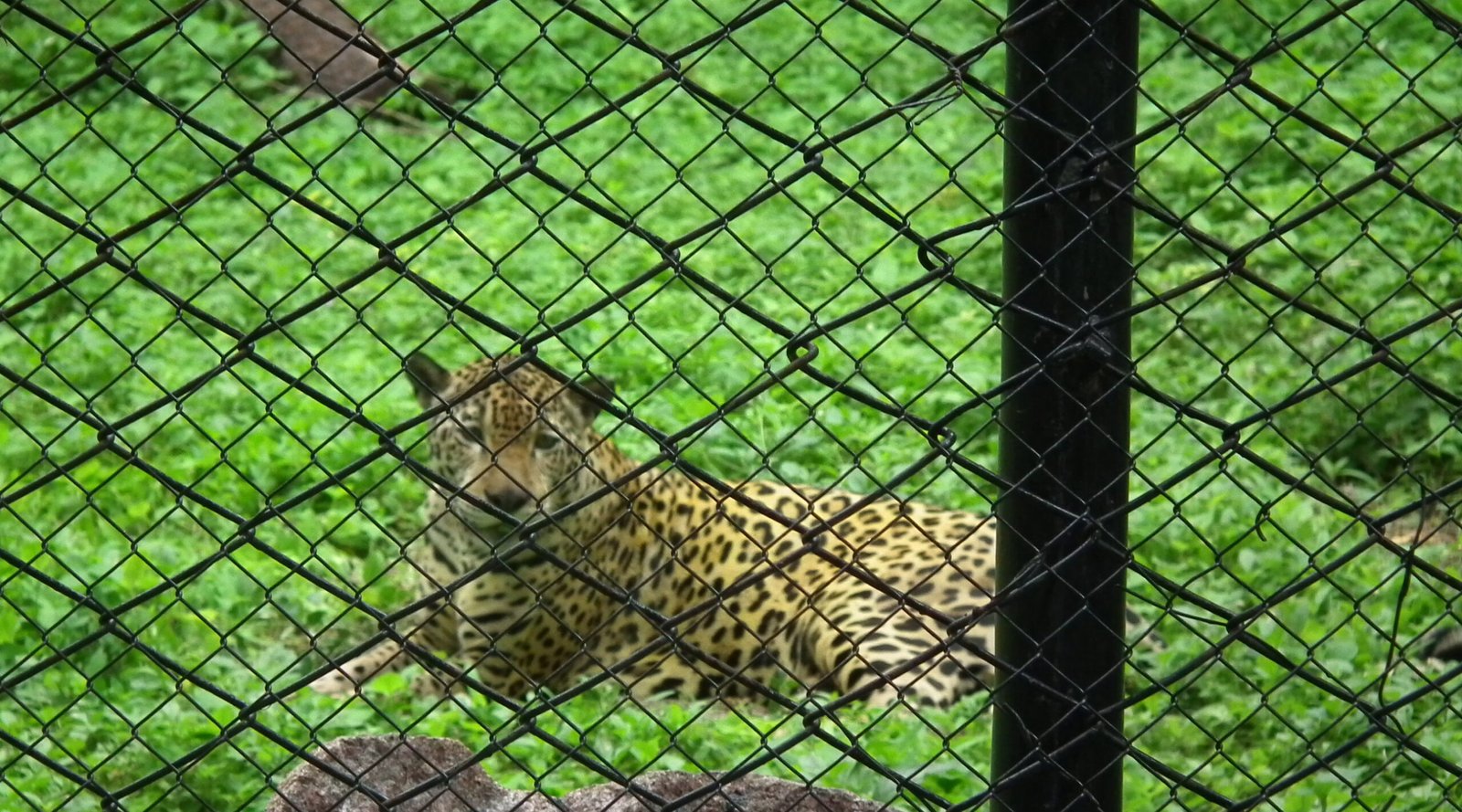
The jaguar, a symbol of the untamed Southwest, once prowled freely from Mexico into Arizona and New Mexico. For these big cats, the border fence is a deadly ending to ancient journeys. Jaguars require vast territories and the freedom to roam in search of mates. The fence has halted their northward return, stalling efforts to restore their populations in the U.S. In places where young male jaguars have been spotted, hopes of breeding and species revival have been dashed by barriers they cannot cross. The haunting roar of the jaguar is fading from these lands, a victim of boundaries it cannot comprehend.
Pronghorns and the Struggle for Survival
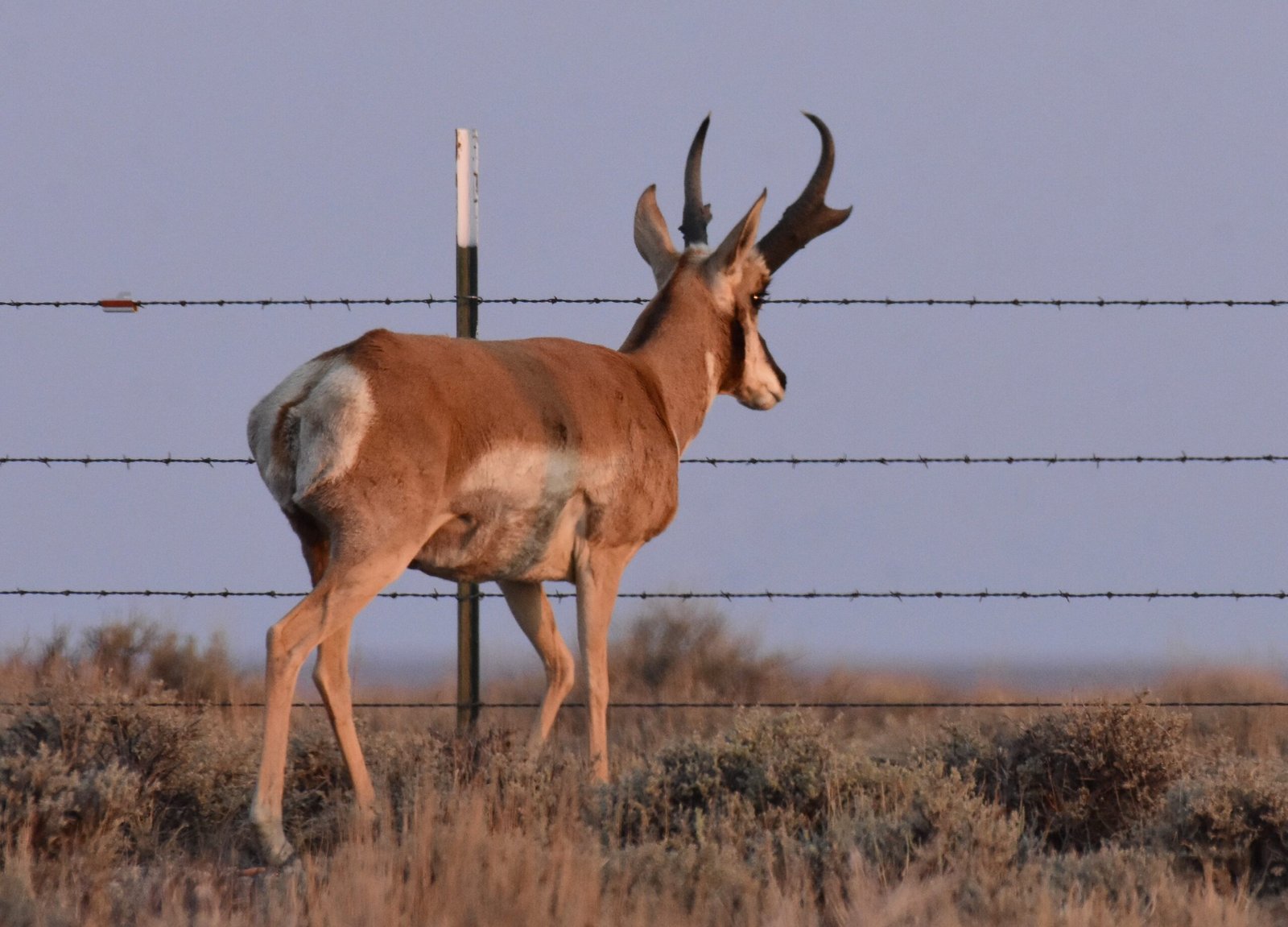
The Sonoran pronghorn is one of the fastest land animals in North America, yet speed is no match for steel and concrete. These graceful antelope rely on wide-open spaces and seasonal movement to survive harsh desert conditions. The border fence has blocked their access to critical habitats, especially during droughts when water and food are scarce. Wildlife biologists have observed pronghorns pacing the fence line, unable to reach greener pastures just a stone’s throw away. As climate change intensifies, the inability to move freely could spell disaster for this unique species.
Birds on the Brink
Not all creatures are stopped by fences, but even birds feel the effects of a fragmented landscape. Border barriers disrupt riverbanks and wetlands—essential stopover points for migratory birds like the southwestern willow flycatcher. Construction noise, habitat loss, and altered water flows threaten nesting sites and feeding grounds. While some birds can fly over the fence, their food sources and resting spots may no longer exist. The ripple effects of the fence stretch high into the sky, shaking the fragile balance of migration and survival.
Waterways Interrupted
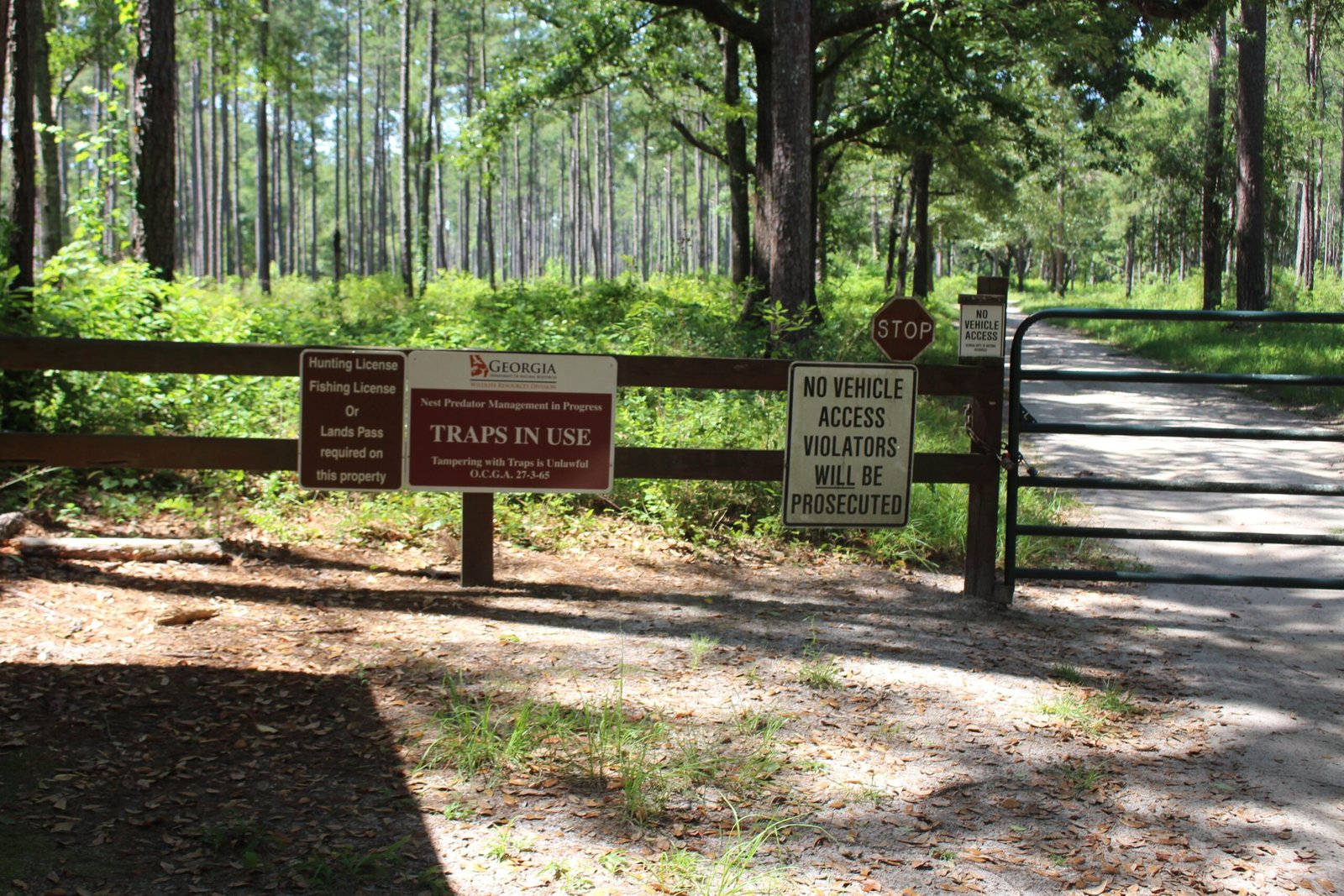
Rivers and streams along the border are lifelines for animals and plants alike. When fences slice through these waterways, they block the natural flow of both water and wildlife. Seasonal floods, so crucial to desert renewal, can be diverted or worsened by poorly planned barriers. Fish, amphibians, and countless insects are affected, disrupting food chains from the ground up. Water-loving mammals like beavers and otters may find their journeys abruptly ended, while thirsty animals are forced to risk dehydration for lack of access to a stream just beyond the fence.
The Human Cost for Conservationists
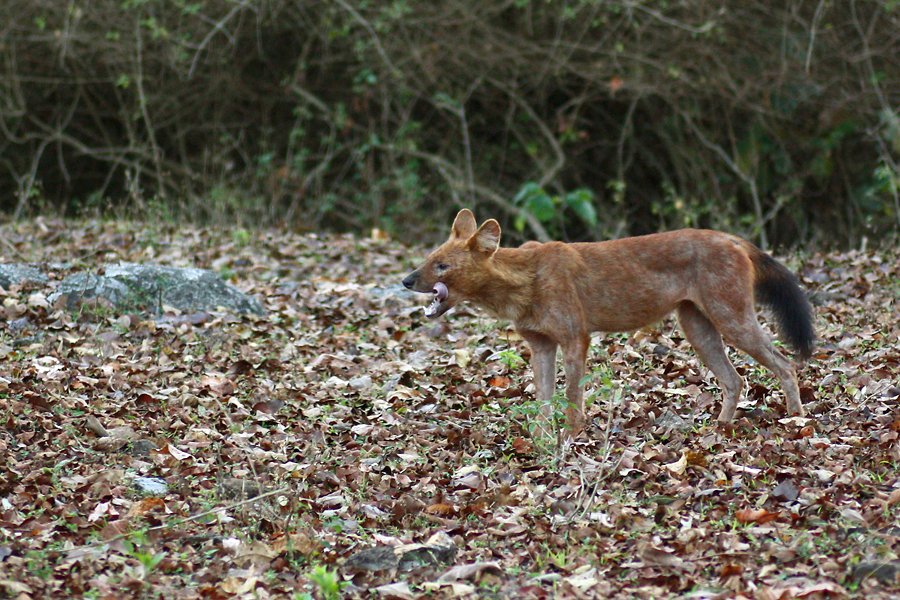
Wildlife biologists and conservationists in the Southwest often find themselves fighting a losing battle. Years of painstaking work to restore endangered species or reconnect habitats can be undone with a single stretch of fence. Researchers have documented heartbreaking scenes of animals trapped, injured, or dying along the barriers. Conservation groups have lobbied for wildlife-friendly designs—like underpasses or gaps in fencing—but these efforts are often overshadowed by political priorities. The emotional toll on those who have dedicated their lives to protecting nature is immense, fueling a sense of urgency and frustration.
Innovative Solutions and Hope

Despite the daunting challenges, scientists and advocates are not giving up. Creative ideas, such as wildlife corridors that bypass the fence, or redesigning barriers to allow animals through, are being tested. In some areas, remote cameras track animal movements, helping biologists identify critical crossing points. Community engagement and cross-border partnerships are also gaining ground, as people realize that wildlife conservation knows no political boundaries. Hope flickers in the determination of those working to mend what has been broken.
Lessons from Other Borders

The American Southwest is not the only place grappling with this issue. Around the world, border walls—from India to Eastern Europe—have fragmented habitats and threatened countless species. In some cases, international cooperation has led to solutions that balance security with ecological health. These examples show that it is possible to protect both people and wildlife, if decision-makers are willing to listen to science and work together.
What the Future Holds

The fate of the Southwest’s wildlife corridors now hangs in the balance. Ongoing debates about border policy will shape the landscape for generations to come. With each decision, we choose either to deepen the divide or to find new ways to coexist with the wild world around us. As climate change adds new pressures, the need for open corridors and connected habitats becomes ever more urgent. The story of the border fence is far from over—it is being written every day, in every paw print, wingbeat, and rustle of desert grass.
In the shadow of the border fence, the call of the wild grows fainter. Yet, the resilience of nature—and the people who fight for it—reminds us that hope is never truly lost. The question remains: will we listen to the land, or let silence take its place?

